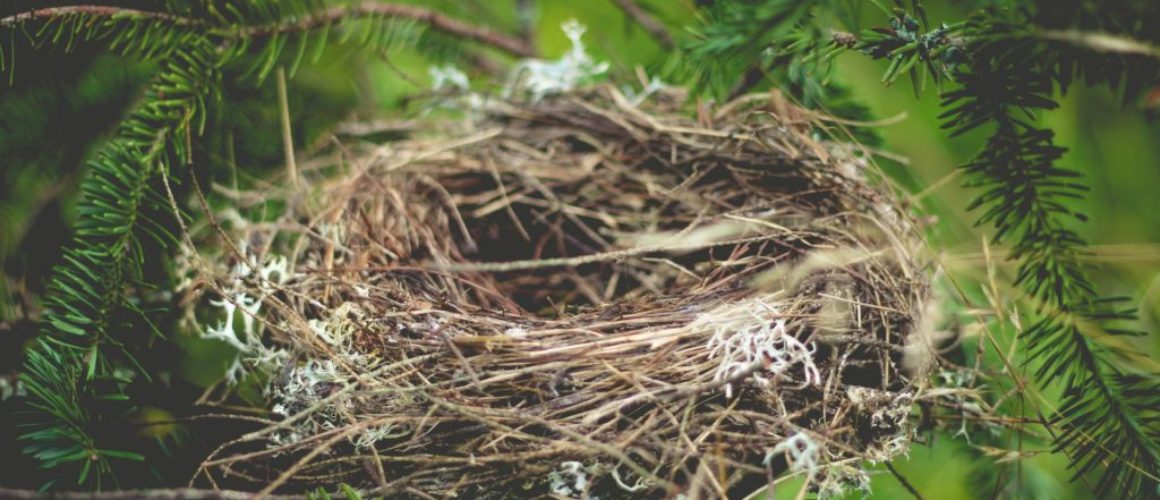How to identify bird nests
When people think of pest control, they don’t usually think of birds, but they too fall into the category of being a pest species. Birds can be not only harmful to properties, but also human health if not dealt with properly. They are noisy, and can cause damage to your property and the surrounding area, blocking vents and causing fire hazards as well as causing drains to clog. If this is not dealt with, it can lead to standing water and potentially damage your property’s roof. The presence of birds can also lead to other pest infestations that can quickly turn into health hazards.
If you suspect a bird has nested on your property, the first step is to identify if it is a bird’s nest, what type of nest it is, and ascertain whether it is still active. In this article, we take you through each of these steps to help you identify if a bird has nested and how best to approach the situation.
How do you identify a bird’s nest?
If you cannot see the bird that has nested or its offspring, it can be challenging to identify if a nest has been built. In this instance, you should look for the following:
- Location – In urban areas, birds will build nests in any cavity they can find, including factories, shops, and commonly in abandoned residential buildings.
- Shape – Often, nests can be identified by their shape, which forms a cup, cave or pouch-like structure.
- Materials – Birds will use various materials to build their nests, but the most common identifiers will be grass, feathers, twigs, moss, mud and other items found on the ground.
- Eggs – Eggs are one of the easiest ways to identify a nest, and generally indicate that birds have nested.
What are the different types of bird nests?
Birds will create different types of nests that vary in material, shape, size and structure.
The most common types of bird nest you will find in urbanised areas are:
- A cup nest – This is the most common type of nest.
- Adherent nests – These stick vertically to buildings, trees and other structures.
- Platform nests – Birds of prey, such as falcons, most commonly build these.
- Earth hole nests – Most often are built inside the earth.
- Ground and mound nests – These are built directly on the ground.
- Scrape nests – These are small depressions on the ground.
How do you know if a bird nest is active?
When trying to decide if a bird nest is active, there are several signs you should be looking for. The first is to watch for birds flying back and forth from the suspected nest carrying nesting materials. Nesting birds will also be seen carrying food in their mouths when returning to the nest, with chicks often calling out on their return. As time goes on, you should also look for the young birds poking their heads out of the nest as they grow older and prepare to fledge.
At what time of the year do birds start nesting?
In the UK, bird nesting season starts in February and ends in August, but the period can be extended beyond these months in either direction. It is during spring, in particular, that you should keep an eye out for birds nesting.
When can I remove them?
The Wildlife and Countryside Act 1981 (Part I) ensures the protection of all wild birds, their nest and eggs, which makes it an offence to kill, injure, destroy or remove a nest or egg of any wild bird. Put simply, you cannot remove them, but there are ways around this issue. There are some exceptions in the law which allow our team at Urban Hawks to place bird deterrents in the area to stop birds nesting and ensure they will not return.
If you have concerns about birds nesting on your property and would like advice on how to identify bird nests, don’t hesitate to get in touch with us today on 0151 345 6854 or email us at info@urbanhawks.co.uk.

